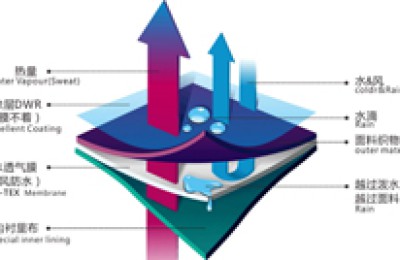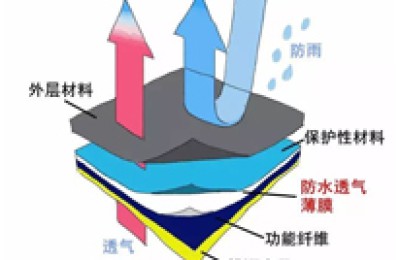Recently, a “Spring Festival Holiday Notice” went viral in the circle of textile industry friends, showing that a certain printing and dyeing company had an early holiday due to low orders and great uncertainty about the epidemic! The notice mentioned: In order to ensure that employees can have a happy Spring Festival, the main factory has decided to have a holiday on December 25, 2020.
It is reported that this factory is located on Xingbin Road in Ma’an, Keqiao, Shaoxing, Zhejiang. It is also a relatively large-scale local dyeing factory with a history of more than 20 years.
We all know that a printing and dyeing factory will not take a long holiday early unless it is forced to do so. Even when the order quantity is small, the machine must be turned on for production. During the off-season, the cost of dyeing factories is the highest. Even if the printing and dyeing factory is well-managed, the cost will rise significantly in the off-season. The notice is very clear: orders have decreased, production tasks are seriously insufficient, and there is great uncertainty about the epidemic, so we can only take a holiday.
On the other hand, due to the rising cost of production materials, some printing and dyeing companies could not bear the cost pressure and issued dyeing price adjustment notices. Three printing and dyeing factories decided to start from December 15, On the 16th, the overall dyeing fee was increased by 400 yuan/ton, mainly involving warp-knitted and weft-knitted fabrics.
From Sanfen Dye It can be seen from the fee adjustment notice that due to the increase in natural gas prices, production costs have increased significantly. According to relevant news, as 2020 is coming to an end, serious LNG gas shortages have occurred in North China, East China, South China, and Northwest China, and downstream transaction prices have soared within a month.
The end of the year off-season is coming + raw materials are skyrocketing
Textile companies will once again face an order crisis
In December, the market’s regular off-season is approaching. Coupled with the severe epidemic situation in Europe and the United States, rising raw material prices and other pressures, textile companies’ market confidence is low. Regardless of domestic demand or foreign trade, companies generally believe that downstream markets will enter the off-season. Textile companies The industry will once again face a big test, and small and medium-sized textile companies may once again face the crisis of production reduction and shutdown.
According to observations, the textile market has entered the traditional off-season after the gradual delivery of “Double Eleven” and “Double Twelve” orders. New orders are not good, and the weaving start-up rate has declined. . Recently, the market order situation of conventional varieties has been poor, and the shipment of gray fabrics from weaving mills has been slow. The main products on the machine are conventional varieties. The reordering of custom-made varieties is affected by the rising prices of raw materials. The current price is unaffordable for customers, and actual order placement is hindered. Towards the end of the year, raw material prices fluctuate, and weaving mills are mostly in a wait-and-see mood and basically do not prepare bulk goods. Orders in the export market are relatively light, and the number of repeat orders has also shrunk slightly. The market demand for conventional varieties has begun to fade, and there are more and more inquiries for fabric development of new varieties and new processes. Affected by the epidemic, the later period was relatively confusing.
The transaction volume of fabrics in early winter is insufficient in the market outlook. Orders for spring fabrics are relatively limited. The operating rate of weaving companies is partially insufficient. The output of printing and dyeing companies has fallen slightly in some places. The number of orders placed in the weaving market Reduction, lack of stamina.
“When the price of basic raw materials rises, the most injured are the production companies. Upstream prices increase, but downstream buyers dare not increase prices indiscriminately. Small and medium-sized private textile enterprises in the middle reaches, I have suffered a lot of ‘grievance’.” A textile person said.
Downstream processing companies have been left with nothing to do, while upstream companies are still raising prices crazily, which is obviously very unreasonable. Will this reduction in orders be transmitted upstream? It is definitely necessary. It’s just because there are fewer chemical fiber factories than downstream companies, orders are relatively concentrated, and they haven’t fully fermented in the off-season. But as time goes by, it will inevitably become more obvious, and it is only a matter of time before the shutdown spreads from downstream to upstream. </p







